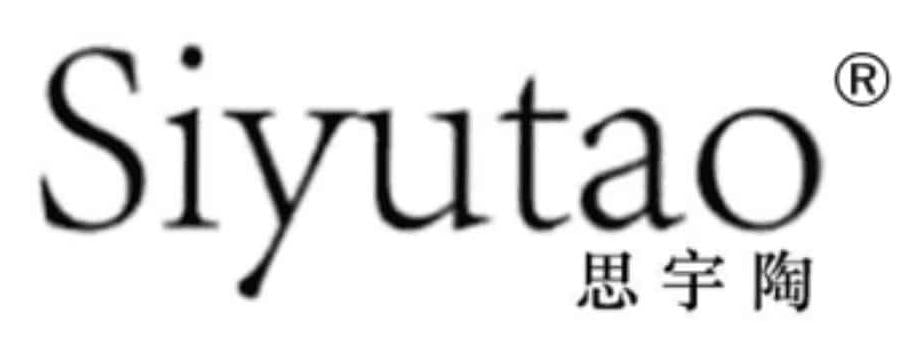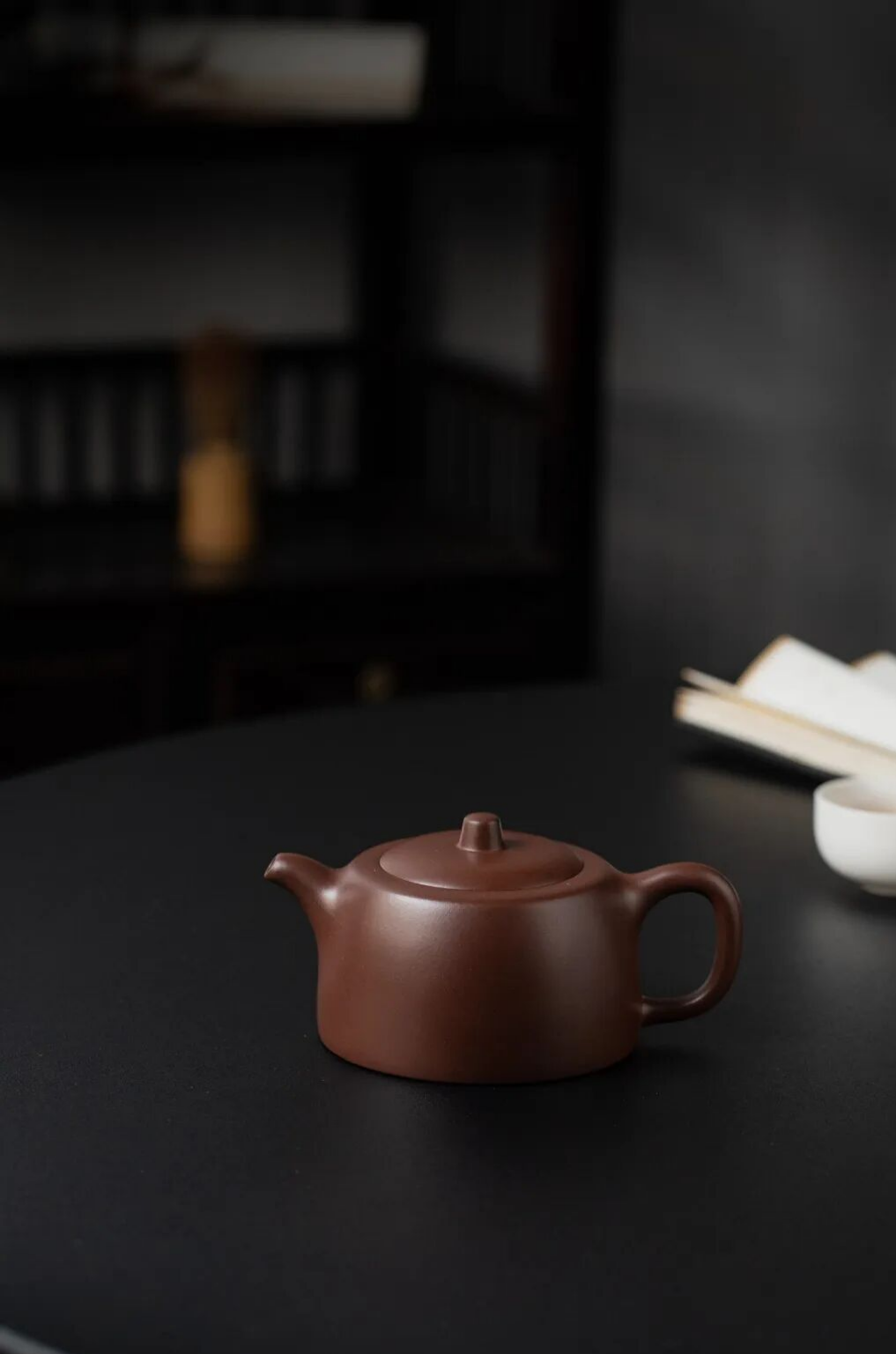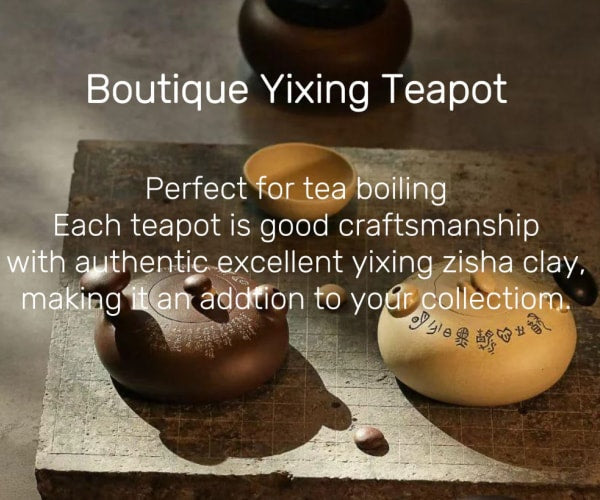Yixing teapot classic shape Jing lan
Content list
- Design Inspiration
- Creator
- Cultural Background
- Design
- Five Famous Well Curb Teapots
Design Inspiration
In ancient times, people often built low walls around wells—both to protect them and to add beauty. The design of the “Jinglan” teapot (Well Curb Teapot) draws inspiration from these real-life stone well enclosures.

The teapot has a sturdy, upright shape with a broad, full base. It reflects an early streamlined design—simple yet profound, carrying deep meaning through its form. It has long been treasured by scholars and artists.

Creator
Chen Mansheng (1768–1822), also known as Chen Hongshou, integrated painting, calligraphy, poetry, and pottery craftsmanship in a complementary way. He developed a unique and mature artistic style in Yixing teapot art. Even before working with clay, he was already a well-known painter, seal carver, and calligrapher.

While serving as a county magistrate in Liyang, Chen met potter Yang Pengnian. They often collaborated—Yang shaped the pots, while Chen inscribed them. Later, other scholars joined them. In his studio, “Aman Tuo Shi,” they drank tea, admired pots, and designed inscriptions. Soon, a series of teapot styles emerged—later known as the “Eighteen Styles of Mansheng.”
Cultural Background
An ancient well inspired a timeless teapot. The Well Curb teapot, rooted in daily life and refined by Chen Mansheng, remains a classic shape beloved by collectors.
As part of the “Mansheng series,” this teapot mimics the shape of a well curb. It also borrows the elegance of carved inscriptions from stone wells, making the pot both simple and poetic. It represents the perfect blend of literati culture and Zisha art.
It symbolizes knowledge as essential as water: only by continually learning can one cultivate virtue and enjoy a fulfilling life.
The Well Curb teapot is noble, pure, and ancient in style—a classic among handed-down Zisha works.
It embodies the idea of “drawing water while remembering its source” and balances visual beauty between square and round forms.
Design
The teapot has a clean and lively shape.
Looking at it feels like standing firm through wind and rain, remaining calm and relaxed—like a recluse among teapots.
Five Famous Well Curb Teapots
- Chen Mansheng, Archaistic-Style Well Curb Teapot (now in the Nanjing Museum)

- Gu Jingzhou and painter Ya Ming, Well Curb Teapot

- Qing Dynasty, Yang Pengnian made, Mansheng Inscribed Well Curb Teapot

- Jiaqing Reign, Qing Dynasty, Yang Pengnian made, Chen Mansheng inscribed “Aman Tuo Shi” purple clay Well Curb Teapot

- Gu Jingzhou, Low Well Curb Teapot




